In this post, I am going to be talking about the fundamentals of Contrafreeloading as it relates to a Zoological setting. I believe Contrafreeloading to be an extremely valuable concept when designing an enrichment program for a wide variety of animals in captivity and have talked about it before in “A Modern Guide to Environmental Enrichment in Zoos and Aquariums”. First, in order to discuss its value to captive animal enrichment, we will first talk about what Contrafreeloading means.
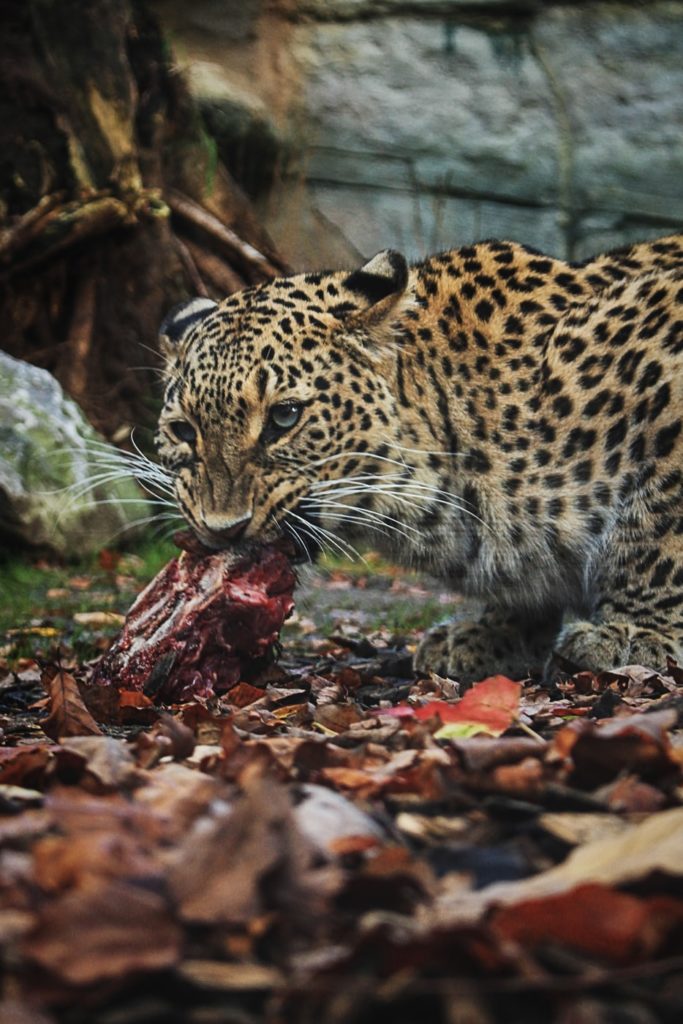
What is Contrafreeloading?
Contrafreeloading is a term for a type of behaviour in which an organism, when given the choice between food that requires no effort to obtain and food that does require effort to obtain, chooses the food that requires effort. This behaviour was initially observed and coined by behavioural phycologist Glen Jensen in 1963. In this study, Jensen gave a group of rats the choice between food from a dish on the floor of their cage or food that could be obtained by pressing a metal bar down 40, 80, 160, 320, 640 and 1280 times. He found that almost every single rat preferred the food that they had to press the bar to get, and even had a rat that left food in the dish but continued to press the bar. He also found that the total amount of food that was consumed by the rat was proportionate to the total amount they had pressed the bar down.
The Science behind Contrafreeloading
This fascinating behaviour seems to directly contradict a lot of our understanding of animal phycology as we tend to assume that most animals have a sort of “Famine” mindset where they will always choose the path of least resistance. This behaviour is actually called the Principle of Least Effort, a demonstrated principle that organisms will generally try to minimize energy expenditure while trying to maximize reward, so how can contrafreeloading exist as well? Well, there are several theories of how contrafreeloading works but it is important to note the limitations of this behaviour. Not surprisingly instances of contrafreeloading tend to decline rapidly when there is a decline in food (ie. the organism is experiencing a food shortage) and when the effort required to obtain the food increases. One of the main theories behind contrafreeloading is the “reinforcement theory” which most animal care staff are very familiar with as its the main theory behind positive reinforcement training in which an animal learns to perform a behaviour when it is reinforced to do so. While this theory definitely increases the likely hood that a given animal will display contra freeloading behaviours over a long period of time, many animals have been shown to display these behaviours with no prior reinforcement to do so.
Contrafreeloading is believed to be a product of two major adaptive behaviours, foraging, and gathering information about alternate food sources. Foraging behaviours are of vital importance to a wild animal as many species can spend the majority of their day foraging for food, what constitutes foraging varies greatly based on the species, for example, ungulates often spend the majority of their day grazing whereas carnivores can spend the majority of their day hunting for food. This desire to forage is an explanation of contrafreeloading as it often takes a great deal more time to work for a food item than to simply eat what is offered for free. This was demonstrated in a study by Van Os et al, where they demonstrated that domestic cattle where much more likely to perform contrafreeloading behaviours when they were fed a high energy (one that takes less time to fill them up, therefore less time to eat) diet as opposed to cows that were fed a more natural, low energy diet (takes more time to fill them up, therefore more time to eat). I found this fascinating as it proves that the cows had a direct need to forage and wanted to spend more time eating/ foraging in the day, then the high energy food was allowing them too.
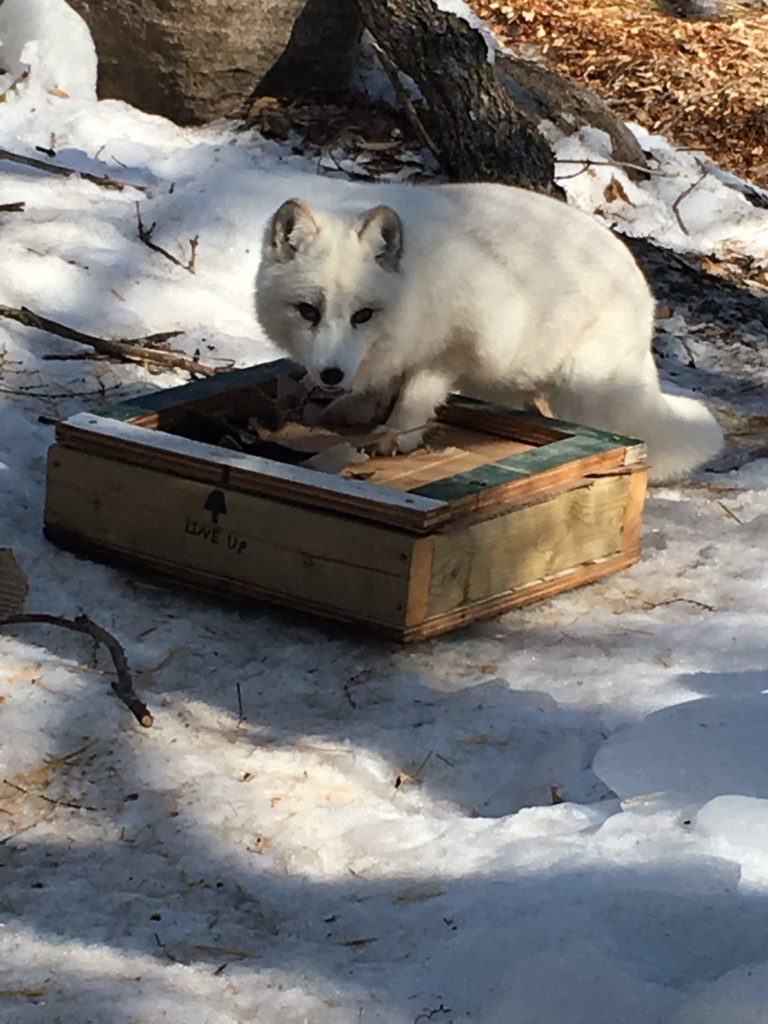
Contrafreeloading is also potentially a result of the animal wanting to “hedge their bets” against food shortage by taking part in Contrafreeloading as they view it as an alternative food source to the food source they may be getting for free. This was shown by Andrews et al, In a study where they found that European Starlings from a non-privileged background (experienced food shortages when they were developing) spent more time Contrafreeloading then starlings that came from a privileged background (experienced abundance of resources when developing). This clearly shows that animals may be viewing Contrafreeloading as a way to take advantage of as many
Why is Contrafreeloading valuable in a Zoo setting?
Based on the scientific explanations of why animals display Contrafreeloading behaviours, provided above, it is clear how Contrafreeloading could be viewed as an extremely valuable tool in a zoological setting. When designing an enrichment protocol for a specific animal it is important to see if they display Contrafreeloading behaviours when offered free food and food they have to work for as it is clear that many animals have an intense desire to forage for longer then they would get if they simply got all their food for free. Having more to do in the day, expending more physical energy and preforming more natural behaviours would most likely result in a reduction of stereotypic behaviours in a captive animal.
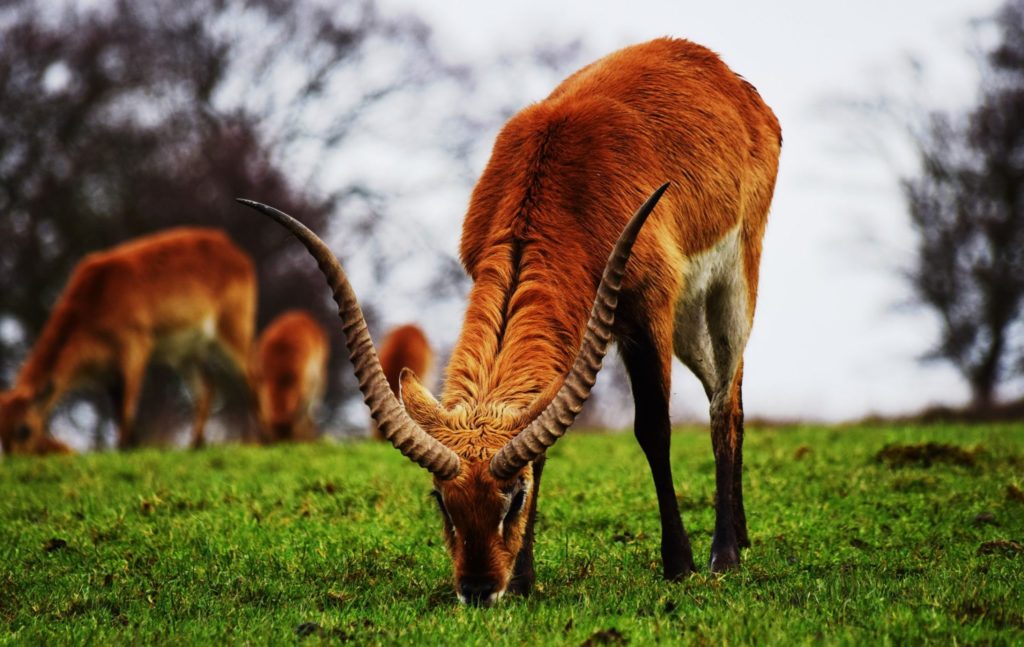
In a study by Christina Lindqvist, it was found that the wild ancestors of a domestic species of chicken spent much more of their day foraging and were much more inclined to perform Contrafreeloading behaviours than their domestic cousins. This could have many implications in a zoo setting as many of the animals housed at zoos are not domestic, and when much of what we know about animal care comes from the care of domestic animals, this may mean we are falling short on providing “wild” animals with more foraging opportunities.
At the beginning of this article, it was also mentioned that in Jensen’s rat study, the rats that participated in working for their food, also consumed more food in proportion to how hard they worked for it. This could also have greater implications on zoo animals as contrafreeloading behaviours may result in an increase in appetite from the animal.
This goes without saying, but designing items to encourage Contrafreeloading in an animal is just plain fun! Thinking of new puzzles and ways to make an animal forage for their food can be a challenge and is very rewarding when done successfully. Increased time spent foraging, a decrease in stereotypic behaviours/ satisfying wild instincts and an increase in appetite are all great reasons to encourage animals under your care to display contrafreeloading behaviours.
How to Implement Contrafreeloading into your environmental enrichment program
So we know that Contrafreeloading is demonstrated to work in many different species, and has greater implications on animal welfare in a zoological facility, but how can you incorporate it into your existing enrichment program?
The best way I have found to implement Contrafreeloading into an existing enrichment program is to simply start slow. Start by getting a list of all the animals that you want to start Contrafreeloading with and start with a small percentage of their diet being offered in a way that they have to work to get to, say 5% to 15%. Right away you are going to notice that some are going to take to it right away and others are going to be a bit slower at finding/ getting the non-free food. Once an animal is easily getting the food is has to work for, slowly decrease the amount of food it is getting for free, until based on its natural history you are happy with the total amount of foraging it is engaging in.
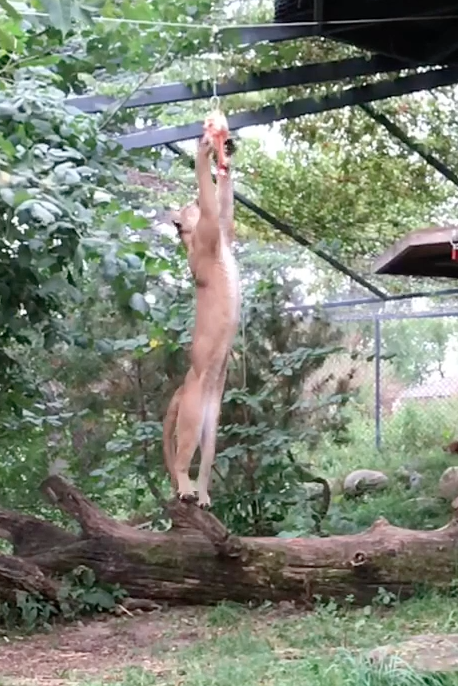
How quickly an animal will take to Contrafreeloading depends greatly on its natural history and the life history of that specific animal. For example, a tiger that has been fed in piles for the last 10 years is going to be much less receptive to working for its food then say a younger Tiger. Either way, starting slowly and decreasing the amount of free food seems to work best in my opinion.
Now go out there and start making the animals under your care work harder for their food, they will thank you later! Heres some devices based on natural behaviours that are designed to encourage contrafreeloading, which will get you thinking about some of your own!
- An Enrichment Zipline
- Hanging PVC Tube Feeder
- PVC Teeter Feeder
- Block Puzzle Feeder
- Wooden Dig Box
- Rolling hay Feeder
Need help implementing Contrafreeloading into your enrichment program or building an enrichment program?
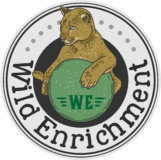
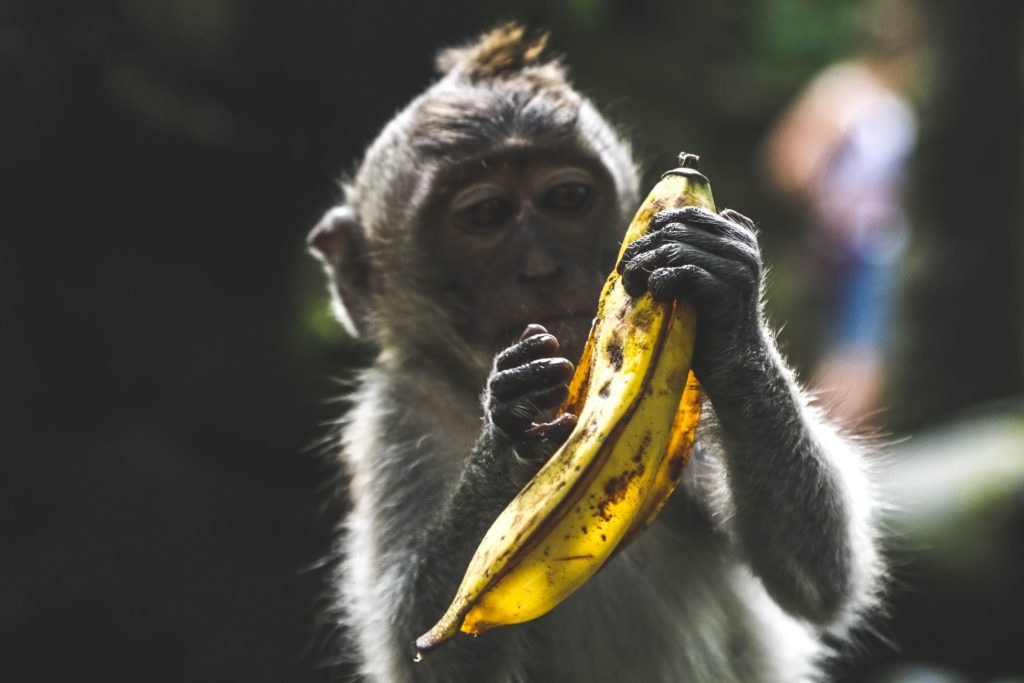
great website Kyle
Thanks so much Laura!